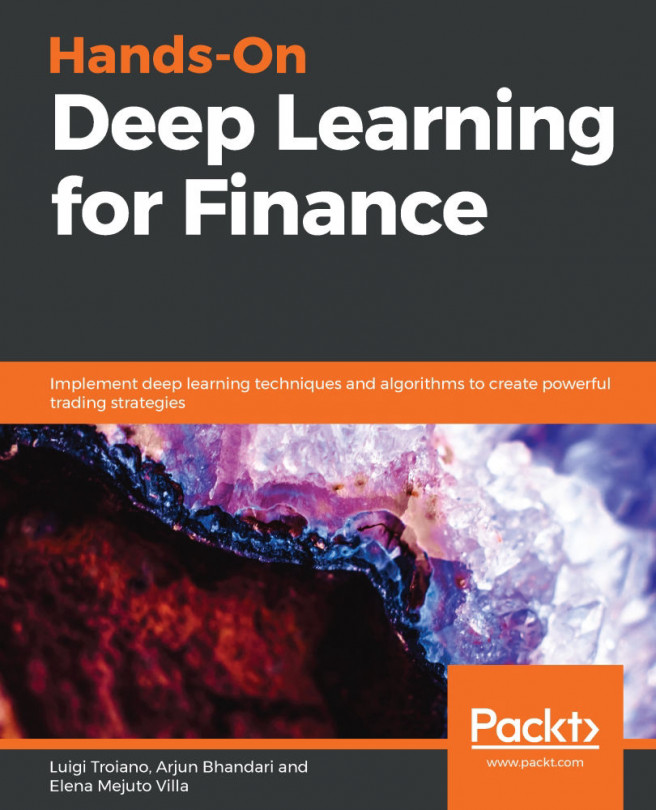What to expect
This book aims to equip you with a strategic perspective, conceptual understanding, and practical tools to add value when applying ML to the trading and investment process. To this end, we cover ML as a key element in a process rather than a standalone exercise. Most importantly, we introduce an end-to-end ML for trading (ML4T) workflow that we apply to numerous use cases with relevant data and code examples.
The ML4T workflow starts with generating ideas and sourcing data and continues to extracting features, tuning ML models, and designing trading strategies that act on the models' predictive signals. It also includes simulating strategies on historical data using a backtesting engine and evaluating their performance.
First and foremost, the book demonstrates how you can extract signals from a diverse set of data sources and design trading strategies for different asset classes using a broad range of supervised, unsupervised, and reinforcement learning algorithms. In addition, it provides relevant mathematical and statistical background to facilitate tuning an algorithm and interpreting the results. Finally, it includes financial background to enable you to work with market and fundamental data, extract informative features, and manage the performance of a trading strategy.
The book emphasizes that investors can gain at least as much value from third-party data as other industries. As a consequence, it covers not only how to work with market and fundamental data but also how to source, evaluate, process, and model alternative data sources such as unstructured text and image data.
It should not be a surprise that this book does not provide investment advice or ready-made trading algorithms. On the contrary, it intends to communicate that ML faces many additional challenges in the trading domain, ranging from lower signal content to shorter time series that often make it harder to achieve robust results. In fact, we have included several examples that do not yield great results to avoid exaggerating the benefits of ML or understating the effort it takes to have a good idea, obtain the right data, engineer ingenious features, and design an effective strategy (with potentially attractive rewards).
Instead, you should find the book most useful as a guide to leveraging key ML algorithms to inform a trading strategy using a systematic workflow. To this end, we present a framework that guides you through the ML4T process of the following:
- Sourcing, evaluating, and combining data for any investment objective
- Designing and tuning ML models that extract predictive signals from the data
- Developing and evaluating trading strategies based on the results
After reading this book, you will be able to begin designing and evaluating your own ML-based strategies and might want to consider participating in competitions or connecting to the API of an online broker and begin trading in the real world.









































































